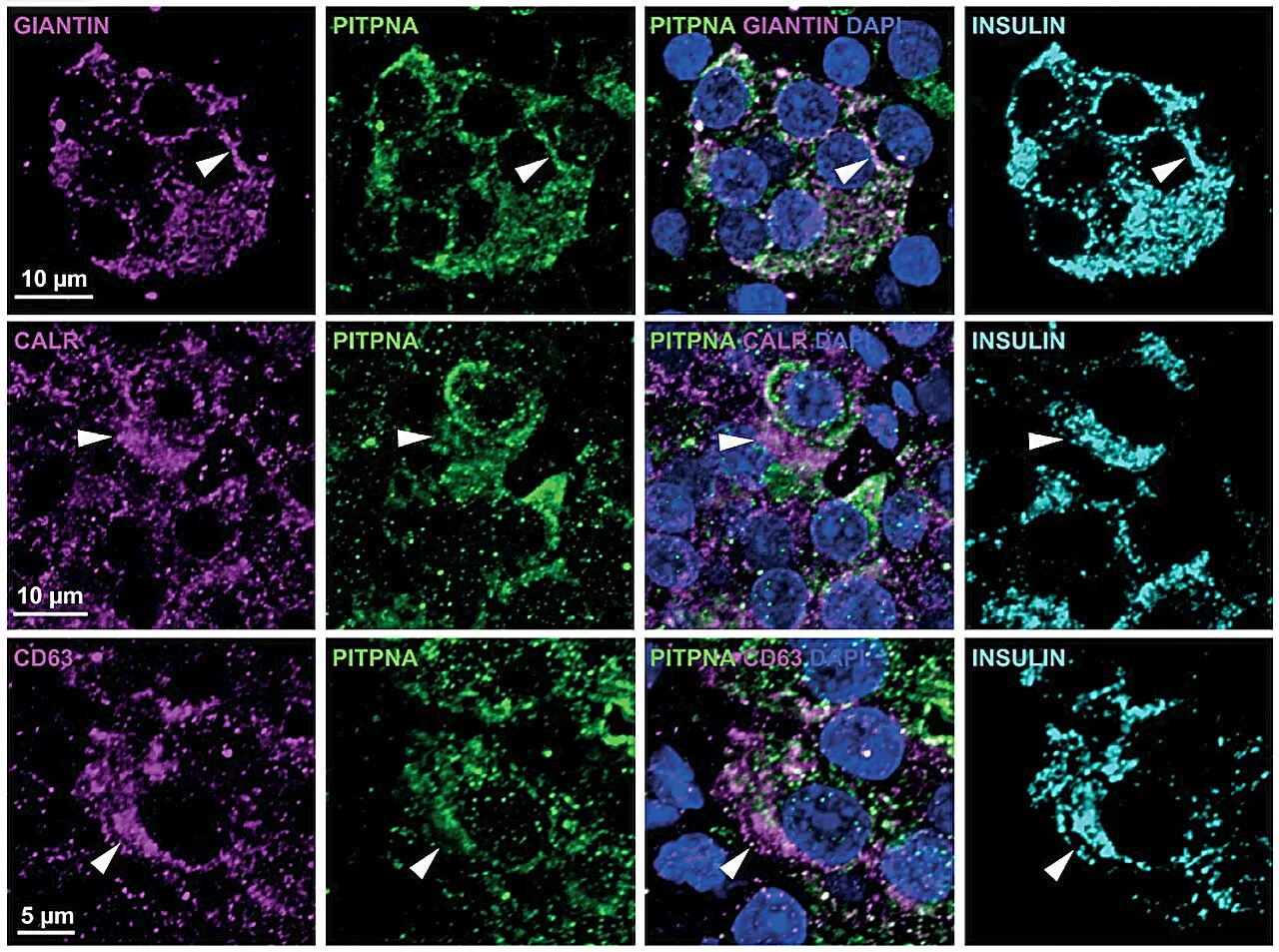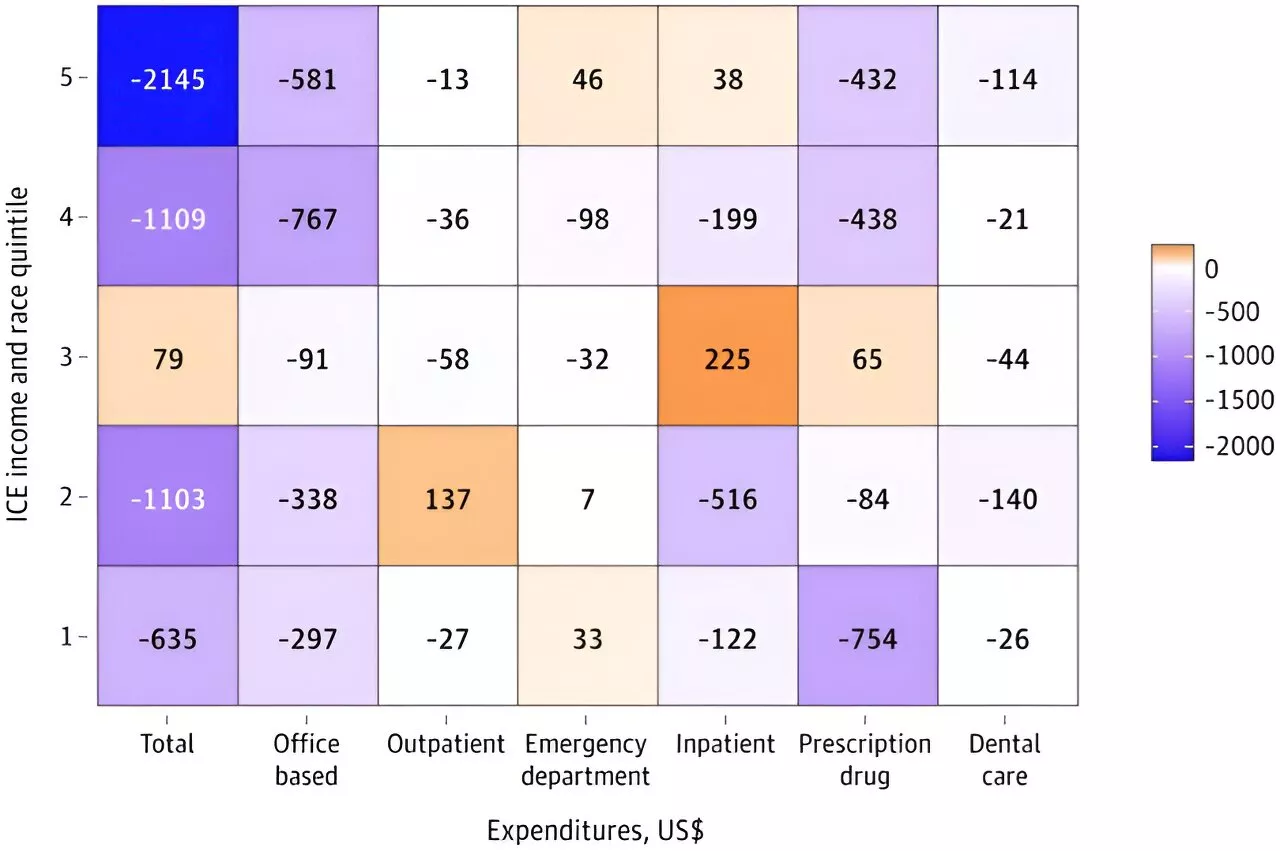A research team at Johns Hopkins Medicine has created and trained a machine learning model to calculate percent necrosis (PN) -; or, what percentage of a tumor is 'dead' and no longer active -; in patients with osteosarcoma, a type of bone cancer.
Reviewed by Megan Craig, M.Sc.Nov 3 2023 A research team at Johns Hopkins Medicine has created and trained a machine learning model to calculate percent necrosis -; or, what percentage of a tumor is "dead" and no longer active -; in patients with osteosarcoma, a type of bone cancer. The model's calculation was 85% correct when compared to the results of a musculoskeletal pathologist. Upon removing one outlier, the accuracy rose to 99%.
Christa LiBrizzi, M.D., co-first author of the study and a resident with Johns Hopkins Medicine's Department of Orthopaedic Surgery "We decided to train the model by teaching it to recognize image patterns," says Zhenzhen Wang, co-first author of the study and a doctoral student in biomedical engineering at the Johns Hopkins University School of Medicine. "We segregated the WSIs into thousands of small patches, then divided the patches into groups based on how they were labeled by the pathologist. Finally, we fed these grouped patches into the model to train it.
日本 最新ニュース, 日本 見出し
Similar News:他のニュース ソースから収集した、これに似たニュース記事を読むこともできます。
 Beta-cells study sheds light on cause of type 2 diabetesScientists at Johns Hopkins All Children's Hospital, along with an international team of researchers, are shedding new light on the causes of type 2 diabetes.
Beta-cells study sheds light on cause of type 2 diabetesScientists at Johns Hopkins All Children's Hospital, along with an international team of researchers, are shedding new light on the causes of type 2 diabetes.
続きを読む »
 The scientists saving lives with antivenom workLiverpool School of Tropical Medicine houses about 200 venomous snakes.
The scientists saving lives with antivenom workLiverpool School of Tropical Medicine houses about 200 venomous snakes.
続きを読む »
 Liverpool scientists saving lives with antivenom researchThe Liverpool School of Tropical Medicine houses about 200 venomous snakes.
Liverpool scientists saving lives with antivenom researchThe Liverpool School of Tropical Medicine houses about 200 venomous snakes.
続きを読む »
 Scottie Barnes showing signs of making leap, even with Raptors’ inconsistencyBarnes had another huge night in the Raptors' 114-99 loss to the Philadelphia 76ers on Thursday.
Scottie Barnes showing signs of making leap, even with Raptors’ inconsistencyBarnes had another huge night in the Raptors' 114-99 loss to the Philadelphia 76ers on Thursday.
続きを読む »
 Racial and socioeconomic integration linked to lower health care expenditure disparitiesDifferences in health care expenditures between Black and white adults vary substantially with the local level of racial and economic integration, and tend to be low or nonexistent in highly integrated communities, according to a study led by researchers at the Johns Hopkins Bloomberg School of Public Health.
Racial and socioeconomic integration linked to lower health care expenditure disparitiesDifferences in health care expenditures between Black and white adults vary substantially with the local level of racial and economic integration, and tend to be low or nonexistent in highly integrated communities, according to a study led by researchers at the Johns Hopkins Bloomberg School of Public Health.
続きを読む »
 Black and white adults have similar health care expenditure levels in racially and economically integrated communitiesDifferences in health care expenditures between Black and white adults vary substantially with the local level of racial and economic integration, and tend to be low or nonexistent in highly integrated communities, according to a study led by researchers at the Johns Hopkins Bloomberg School of Public Health.
Black and white adults have similar health care expenditure levels in racially and economically integrated communitiesDifferences in health care expenditures between Black and white adults vary substantially with the local level of racial and economic integration, and tend to be low or nonexistent in highly integrated communities, according to a study led by researchers at the Johns Hopkins Bloomberg School of Public Health.
続きを読む »
